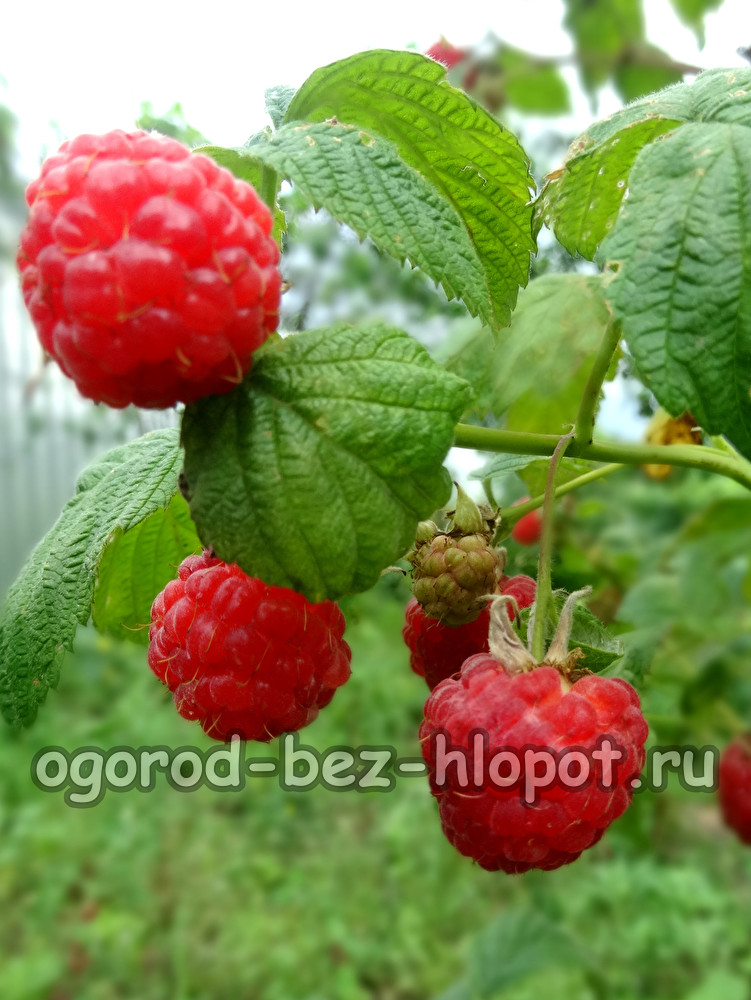 Raspberries are not just tasty and fragrant berries. It is literally a storehouse of vitamins and minerals. Planting and care in the open ground requires certain knowledge, which we will tell you about. Growing it in your country house is the primary task of every gardener. Moreover, it grows almost by itself, requiring minimal care.
Raspberries are not just tasty and fragrant berries. It is literally a storehouse of vitamins and minerals. Planting and care in the open ground requires certain knowledge, which we will tell you about. Growing it in your country house is the primary task of every gardener. Moreover, it grows almost by itself, requiring minimal care.
Content
Preparing planting material
The easiest, but not the most reliable way to get a seedling is to purchase it in a store. But great caution should be exercised here: often sellers slip sick plants that are not only unable to produce crops, but also take root in a new place.
The next option is to get an offspring. You can ask him from any gardener who grows raspberries. In this case, the younger part is separated from the old bush with a shovel, along with the roots and the earthen lump. At the bush shoots are cut off, after which it is planted in the desired place. Such a transplant can be carried out in spring, summer and autumn, but the first option is more preferable.
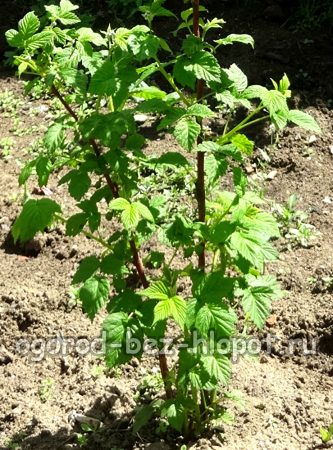
Another option is to use the propagation method by cuttings. To do this, in June, cuttings up to 12 cm long are cut from 2-3-year-old root siblings. For 6 hours, they are placed in a solution that stimulates root formation, and then they are planted in a container filled with a peat-sand mixture. They are covered with a film and left in a warm place. After a month, the cuttings are transplanted into a more spacious container. When they take root and grow, they will need to be taken out briefly. After a week, you can transplant to a permanent place.
Choosing a landing place
Sufficient lighting is the main requirement for choosing a site for raspberries. Otherwise, being in the shade, it can stretch out and obscure the branches with berries.
It is also important to choose a flat or slightly sloping space for landing. On a hill, it will lack moisture, and in the lowlands, it will suffer from an overabundance of it.
If in the area where you plan to plant raspberries, nightshade crops (potatoes, tomatoes or peppers) were previously grown, it is worth considering choosing another place. But legumes and crops as precursors are welcome.

When and how to plant
Raspberry bushes are planted in spring or autumn. At the same time, the landing rules remain unchanged, only the order of preparation changes.
- Spring training. In early spring, dig holes with a diameter and depth of about 50 cm, laying the soil to the side. The distance between the pits is at least half a meter, between the rows - 1.5 m. The remaining soil is mixed with compost, adding 50 grams of potassium, 400 grams of ash and 100 grams of superphosphate for each pit. This mixture is poured into the pits.
- Autumn preparation. The best time to plant in the fall is the end of September. 1.5 months before planting, the land is dug up, bringing 2 buckets of manure, 300 grams of superphosphate and 150 grams of potassium per 1 sq. M.
- Landing. Before planting, the soil in the pit loosens, a depression is created. A seedling is set in the middle, the roots are straightened and covered with soil. Further, a hole is dug around the landing and filled with water. Then the soil is mulched, and the seedling is cut at a level of 30 cm above the ground.
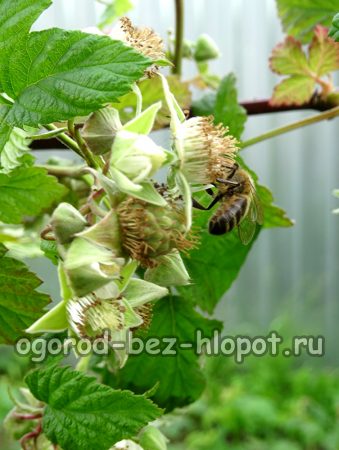
Raspberries are prone to overgrowth.So that it does not fill the entire site, we recommend digging sheets of iron or slate along the perimeter of the site with raspberries.
Raspberry Care
- Spring activities. When the snow melts, last year’s foliage should be removed from the site, and the bushes should be supported by tying them to the pegs.
- Top dressing. Every year, raspberry bushes should be fed with nitrogen fertilizers. At the end of March, a solution is prepared by mixing 1 bucket of water, 1 shovel of cow droppings and 5 grams of saltpeter and poured it under each bush.
- Autumn activities. After harvesting, mulch is removed from under the bushes and burned. The soil is being dug. If necessary, potash and phosphorus fertilizers are applied.
- Watering. It is necessary to water raspberries only in case of drought so that the top layer of the soil is saturated with moisture to a depth of 35 cm. At the same time, it is better to use the drip irrigation method for moistening.
- Pruning. In spring, raspberries cut to shoots that are frozen in winter, broken, or underdeveloped to a healthy kidney. In autumn, biennial and other fruiting shoots are removed.
- Preparing for the winter. Raspberry bushes bend to the ground as low as possible and are fixed in this state with a wire. Leaves are removed. That bushes did not freeze, they should be completely covered with snow.
Give raspberries a little attention, and you can appreciate its “gratitude” in the form of delicious berries.


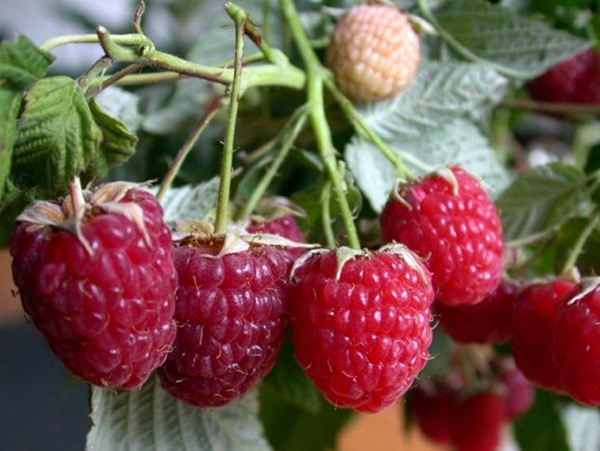
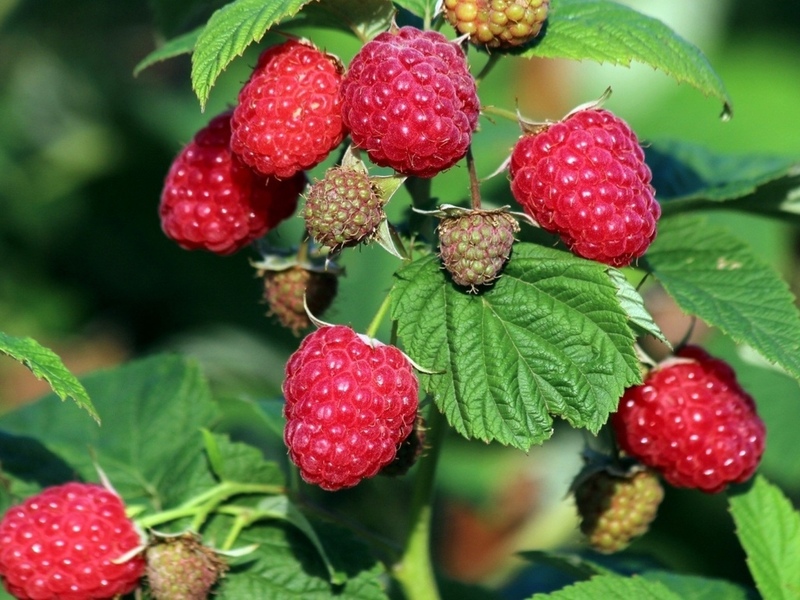
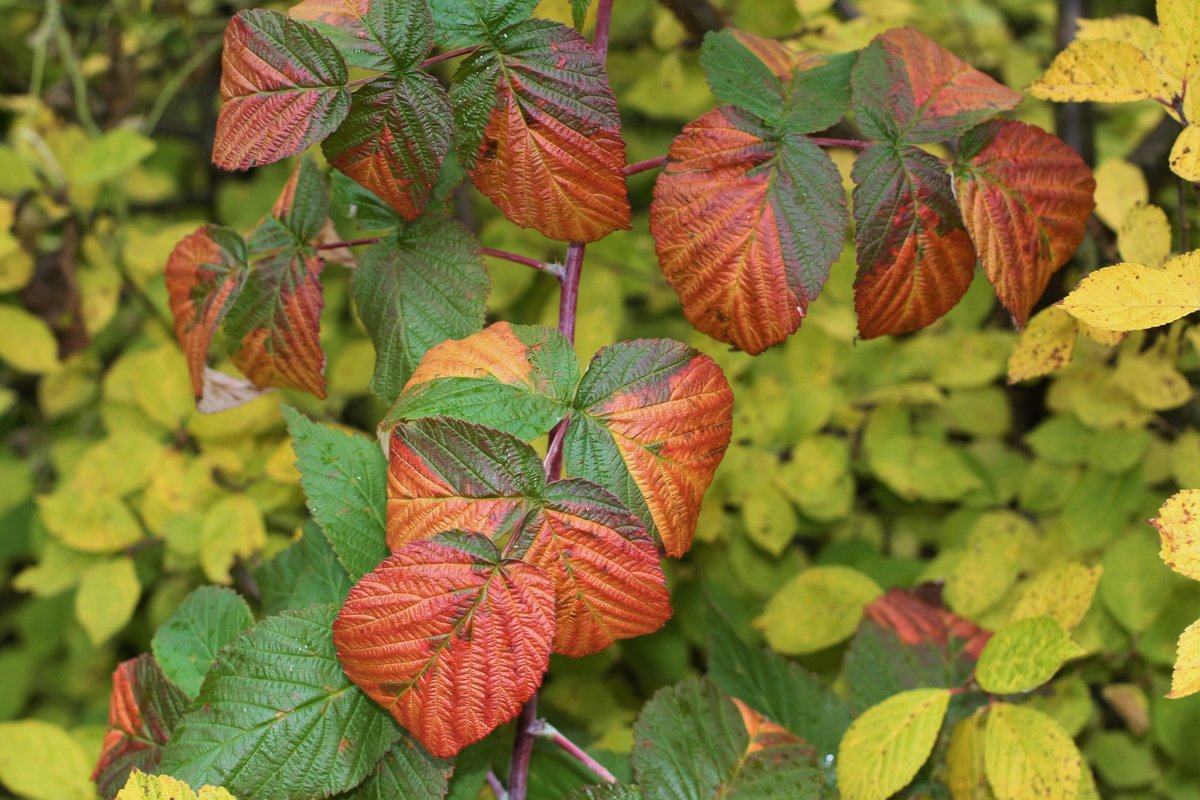 Black raspberries in the fall: care and preparation for winter shelter, pruning
Black raspberries in the fall: care and preparation for winter shelter, pruning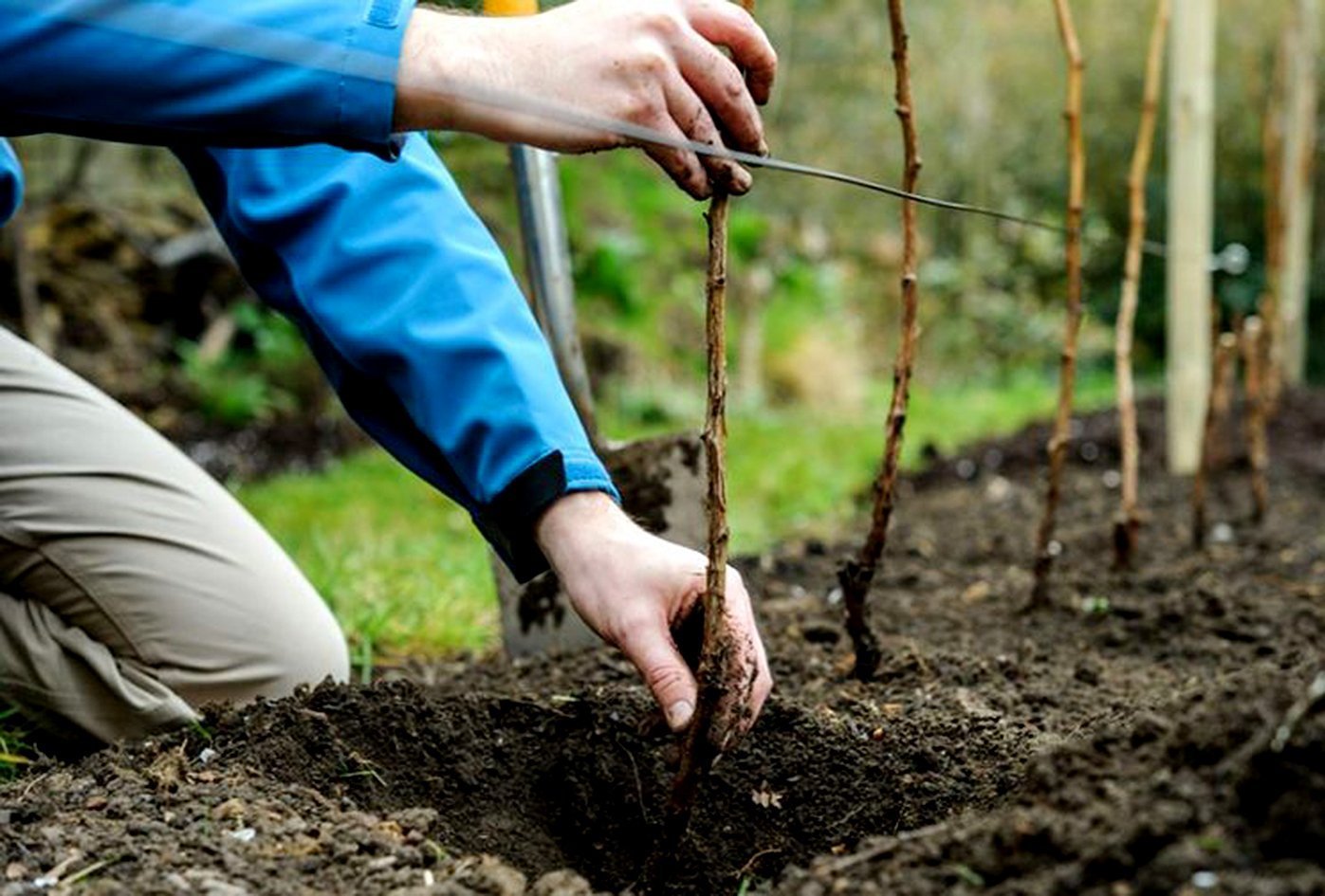 Features planting raspberries in the fall and care for it
Features planting raspberries in the fall and care for it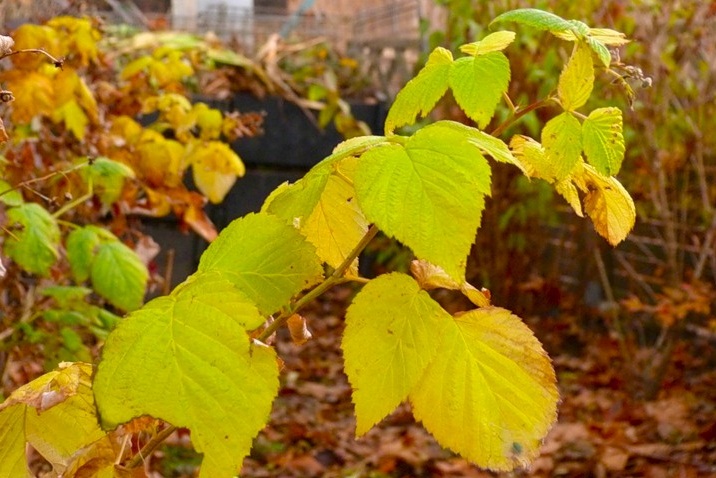 Proper care for raspberries in the fall and its preparation for winter
Proper care for raspberries in the fall and its preparation for winter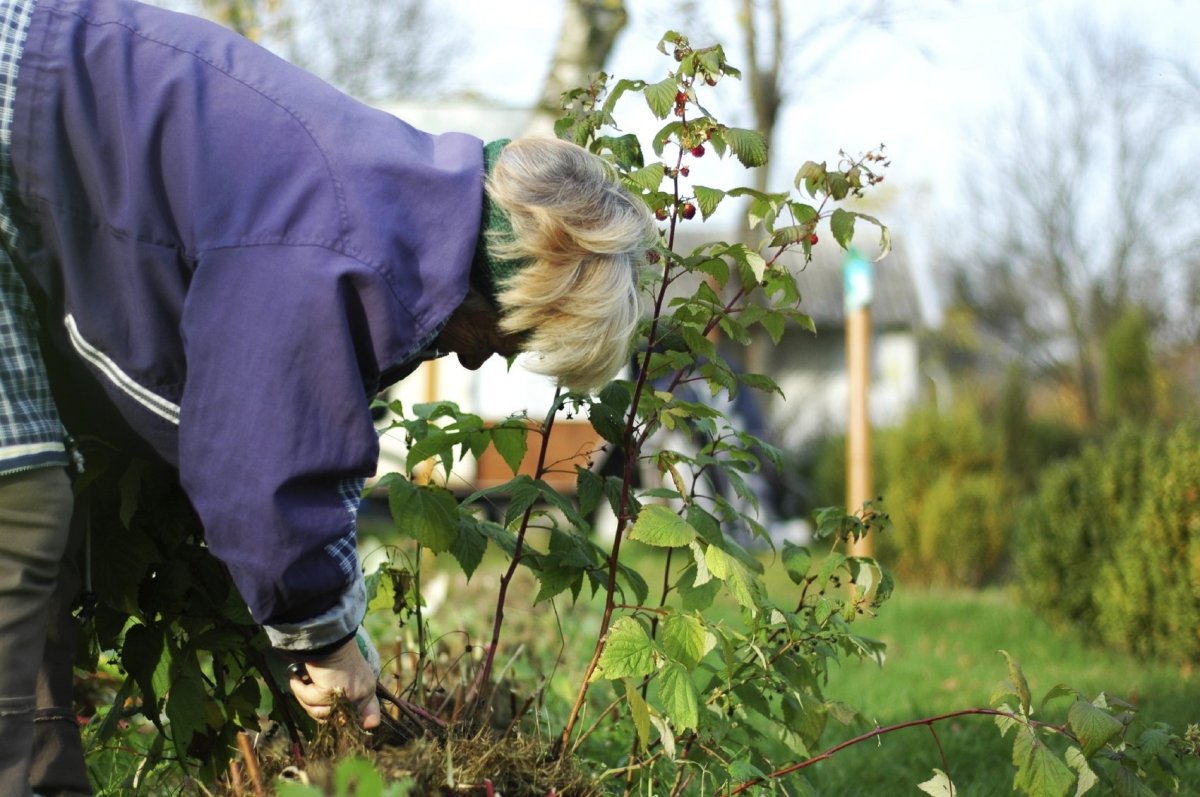 Care for maintenance raspberries in autumn: pruning and top dressing
Care for maintenance raspberries in autumn: pruning and top dressing